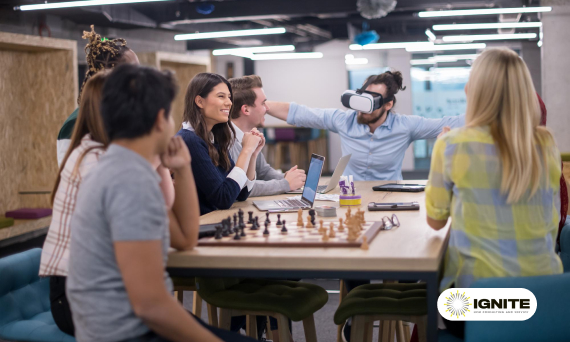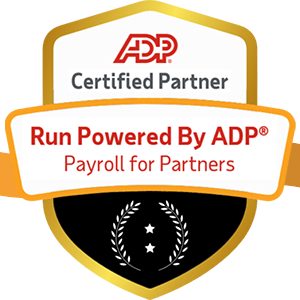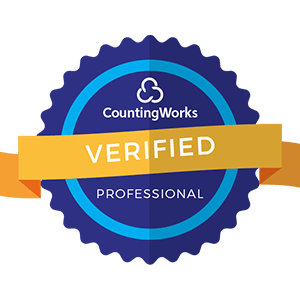
In the ever-evolving landscape of corporate training and development, one trend has emerged as a game-changer: gamification. By integrating game-like elements into learning experiences, companies are revolutionizing how employees acquire new skills and knowledge. Gone are the days of dull, monotonous training sessions that fail to capture attention and inspire growth. Instead, forward-thinking organizations embrace the power of play to create engaging, interactive, and highly effective learning environments.
This article will explore gamification in employee training and development. We'll examine the science behind why it works, examine real-world examples of successful implementation, and provide actionable insights for companies looking to level up their training programs. Get ready to discover how gamification transforms how we learn, grow, and succeed in the workplace.

At its core, gamification taps into the fundamental human desires for achievement, recognition, and social connection. By incorporating elements like points, badges, leaderboards, and challenges, training programs become more than just a means to an end – they become a source of intrinsic motivation and personal fulfillment.
One critical psychological concept at play is the flow theory, pioneered by psychologist Mihaly Csikszentmihalyi. Flow refers to a state of complete immersion and focus, where the challenge perfectly matches the individual's skills. In this state, learning becomes effortless and enjoyable, leading to increased retention and application of knowledge.
Gamification also leverages the power of positive reinforcement. Learners are encouraged to persist through challenges and strive for mastery by providing immediate feedback and rewards for progress. This creates a virtuous cycle of engagement, where success breeds confidence, and confidence fuels further success.
To truly appreciate the impact of gamification, let's take a look at some companies that have successfully implemented it in their training programs:
Google: The tech giant uses gamification to train employees on topics ranging from data security to unconscious bias. One notable example is "The Data Cafe," an interactive game that teaches best practices for handling sensitive information.
These examples demonstrate the versatility of gamification across industries and training topics. By making learning fun and engaging, companies see measurable improvements in employee performance, retention, and job satisfaction.

Ready to bring the power of gamification to your organization? Here are some key considerations to keep in mind:

As technology advances and the workforce becomes increasingly diverse and distributed, gamification is poised to play an even more significant role in employee training and development. Here are some trends to watch:
Cross-functional collaboration: Gamification will break down silos and foster collaboration across departments and job functions, creating a more agile and innovative workforce.
As these trends take hold, one thing is clear: gamification is no longer a novelty or a nice-to-have. It's a critical tool for driving employee engagement, performance, and growth in the modern workplace.
In a world where attention spans are short, and the pace of change is relentless, gamification offers a powerful solution for keeping employees engaged and equipped with the skills they need to succeed. By tapping into the fundamental human desires for achievement, recognition, and social connection, gamified training programs create learning experiences that are effective but also enjoyable and rewarding.
As we've seen, companies across industries are already reaping the benefits of gamification, from improved onboarding and customer service to enhanced data security and bias reduction. With the continued evolution of technology and the changing nature of work, potential applications are virtually limitless.


